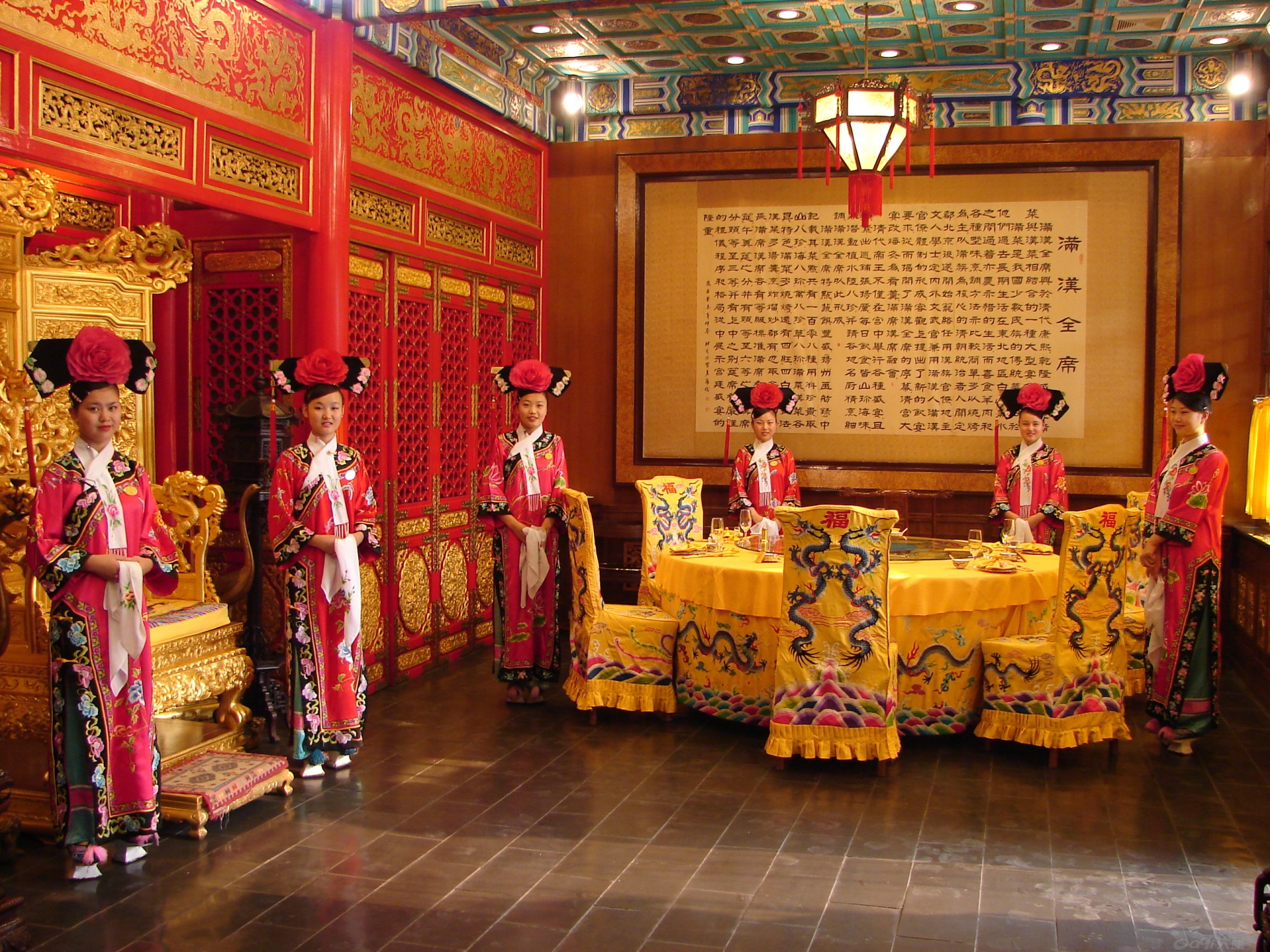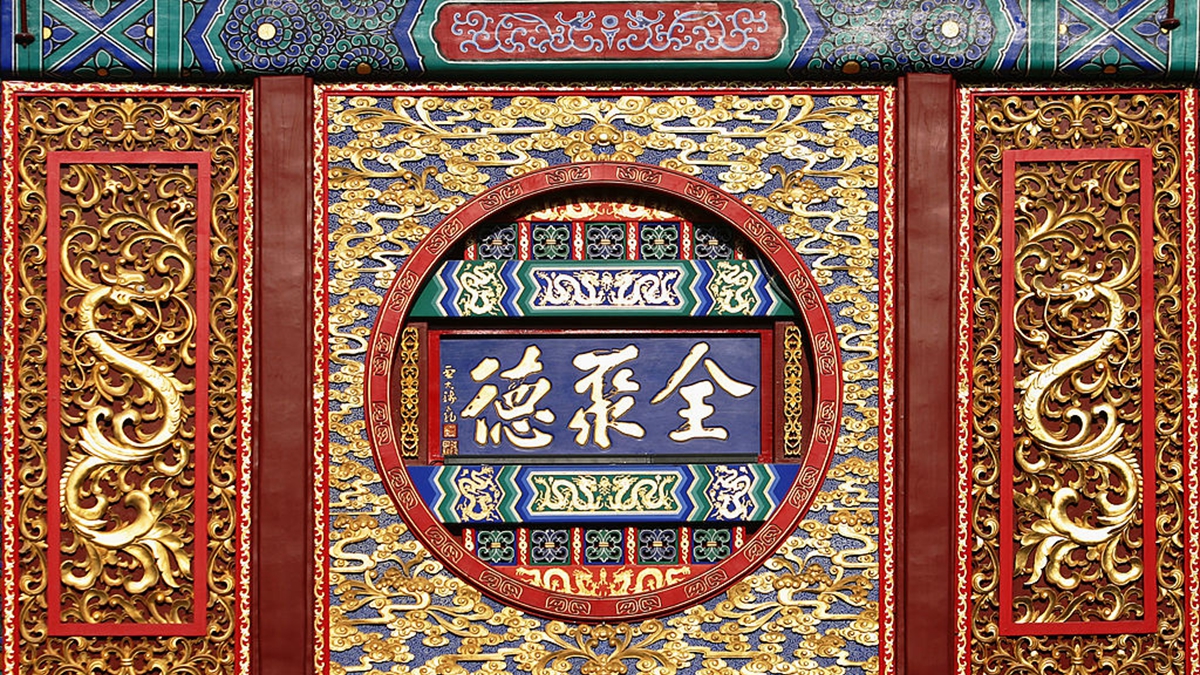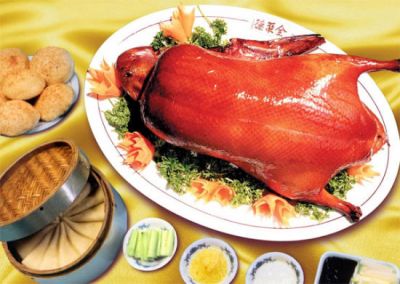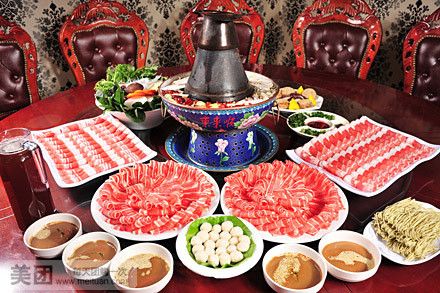
Deutsch-Chinesische Enzyklopädie, 德汉百科

材料:
浆虾仁、上浆鸡丁、上浆肉丁、上浆鲜贝、盐水鸭肫、熟栗子、白果仁、豌豆、淀粉
做法:
1、锅内放油,烧至二成热时,放入虾仁划散至熟,捞出沥油。
2、锅内留底油,烧至四成热时投入鸡丁、肉丁、鲜贝划散至熟,放入栗子丁、白果仁滑一下,立即捞出沥油。
3、锅内留适量油,先下辣椒酱、豆瓣酱炒透、炒香,加酱油、白糖、味精、料酒、高汤,将鸡丁等原料(除虾仁、青豌豆外)回锅,使卤汁稠浓,下水淀粉推匀,盛出装盘。
4、将锅洗净后置火上,放入虾仁、青豌豆、味精、高汤,最后用水淀粉勾芡,盛出浇在炒好的菜的顶部即可。






材料:
春笋、葱、老抽、盐、生抽、白砂糖
做法:
1、春笋去壳焯水,将焯过水的笋切成滚刀块(切条也可以)。
2、锅底倒油,多放一点油,笋很吃油的,然后放入葱花少许。
3、用锅铲将笋翻炒一下。
4、加入生抽(量比较大)和盐(少许),如果上色就会比较浅,可以加一点老抽。
5、加2勺糖,糖要比较多,不加糖这个菜基本上味道就不对了。
6、加点料酒。
7、然后加一些水,调中火偏小一点的火力,盖上盖子焖8分钟。开盖看水收完了,油焖笋就可以装盘了。








Die Beijing-Küche ist eine Mischung von Zubereitungsweisen aus der Han-, Mandschu-, Mongolen- und Hui-Küche. Sie hat von den Vorteilen der bekannten lokalen Küchen, besonders der Shandong-Küche gelernt, und das Beste der kaiserlichen Küche aus der Ming- und der Qing-Dynastie aufgenommen, was ihre Besonderheit ausmacht. Die Beijing-Speisen betonen den knusprigen, frischen und salzigen Geschmack. Die Spezialitäten der kaiserlichen Küche und der Küche der Familie Tan schmecken einzigartig. Die gegrillte Peking-Ente gehört zu den weltbekannten „Nationalgerichten“. Andere Spezialitäten sind z. B. Hammelbraten, Hammelfleisch-Feuertopf, geschmorte Haifischflossen, im Tonkochtopf gekochter Hammelkopf und frittiertes Fleisch in der Form einer Buddhahand. Beliebte Imbisse sind u.a. kleines gedämpftes Brot aus Maismehl, Nudeln, „Wandouhuang“ (aus Erbsenmehl zubereiteter Kuchen), „Shaomai“ (gedämpfte Pastetchen), „Douzhi“ (gegorener Bohnensaft).
(Quelle:http://www.chinatoday.com.cn/chinaheute/g2003/2003n2/2t34.htm)

 Eat and Drink
Eat and Drink
